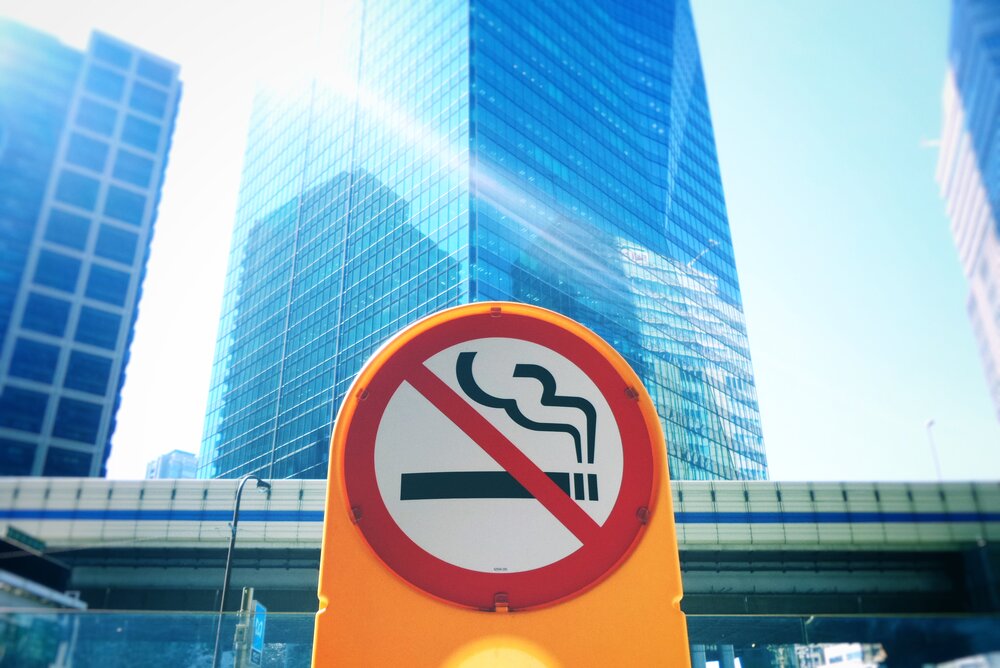The Commons
Our common wealth — the shared bounty that we inherit and create together — precedes and surrounds our private wealth. By building a system that protects and expands our common wealth rather than one that exploits it, we can address both our ecological and social imbalances.
In pre-capitalist times, shared commons were the source of sustenance for most people. Though corporations have enclosed and diminished much of the commons, it lives on in three areas:
- Natural wealth (air, water, seeds, ecosystems, other species)
- Community wealth (streets, parks, the Internet, money, social insurance); and
- Cultural wealth (music, art, science, open-source software)
All of these are gifts we share and are obliged to preserve for others and for future generations.
The Precautionary Principle
The Precautionary Principle stems from this idea of protecting the commons for all beings. It tells us that if a substance like electromagnetic radiation is even suspected of harming our ecosystems or our well-being it must be prohibited, as we must prioritize long-term health, not short-term profit.
Class Action
A class action lawsuit that protects the commons would hold telecom liable for the costs (such as illness and environmental pollution) that they impose on the rest of us.
Learn more about pursuing a Liability tactic here.
An Example: Big Tobacco
In the U.S., revelations regarding the tobacco industry’s extensive campaign to deceive the public about the public health risks of tobacco use came to light through the release of internal industry documents in May 1994.
By the time of the Master Settlement Agreement in 1998, 46 states had filed class lawsuits against Big Tobacco. The impacts of these cases were enormous. As the lawsuits mounted, public opinion continued to shift, leading to public health protection policies in countries all over the world. In the end, the Master Settlement Agreement forced the tobacco industry to pay billions of dollars in damages in perpetuity.

